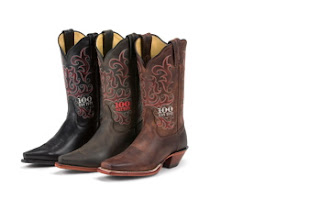This post is part two of an earlier post talking about how to properly measure for a horse blanket. It was written by Christine Barakat from an old Equus Magazine. I felt that it would help everyone to understand more on how blankets should properly fit.
Blanket Fitting Spot Checks
When your new blanket arrives, it's important to immediately perform some spot-checks to make sure the garment's cut suits your horse's body type. Thereafter, you'll want to repeat these spot check periodically to ensure that changes in your horse's weight and/or fitness have not altered the way his blanket fits.
Even a properly sized blanket can bind or rub a horse, so you'll always want to be alert for bald patches, white hair, sensitivity and other signs of trouble. If you discover a problem, a professional blanket seamstress may be able to make the necessary adjustments to a blanket, or you may need to invest in a new one that is more appropriate for your horse's physique.
1. Run your hand up and over the withers. If the blankets neck hole is the appropriate size and shape, your hand will slide easily through. Also, unless the blanket is designed to leave the wither uncovered, make sure the front edge of the blanket sits well forward of the withers, extending at least three inches over the mane hair.
2. Slide your hand under the blanket at the shoulders. If it fits well, there will be enough space for your hand to slide easily. Very active horses may rub hair off of their shoulders despite a good fit; in those cases, adding a layer of fleece or stretchy horse "undergarments" is a good idea.
3. Next scrutinize the shape of the blanket's neck hole: You'll want the lower edge to rest where the horse's neck merges into his chest. To test this area of fit, use a carrot to encourage your horse to lower his head. A properly fitting blanket will allow him to reach for the carrot without pinching or restraining.
4. Check the fit of the belly straps by sliding your hand between them and the horse. A few inches of clearance will reduce the chances of rubbing, but more than five inches of play in the straps poses the risk of dangerous entanglement. Fortunately, nearly all belly straps are adjustable.
5. Rear leg straps are notorious irritants, particularly after they become soiled with manure. Fit isn't as much an issue here as the way the straps are buckled: To keep them from rubbing the tender skin inside a horse's legs, buckle one as you normally would...
6. ...then loop the other strap through and buckle. This technique keeps the straps clear of the legs.
7. To check the fit over the hips, slide your hand under the blanket over the horse's rump, looking for snug spots.
8. Finally, check the fit of the blanket over the horse's tail. A blanket that is too long can prevent a horse from lifting his tail, leading to a real mess.




















